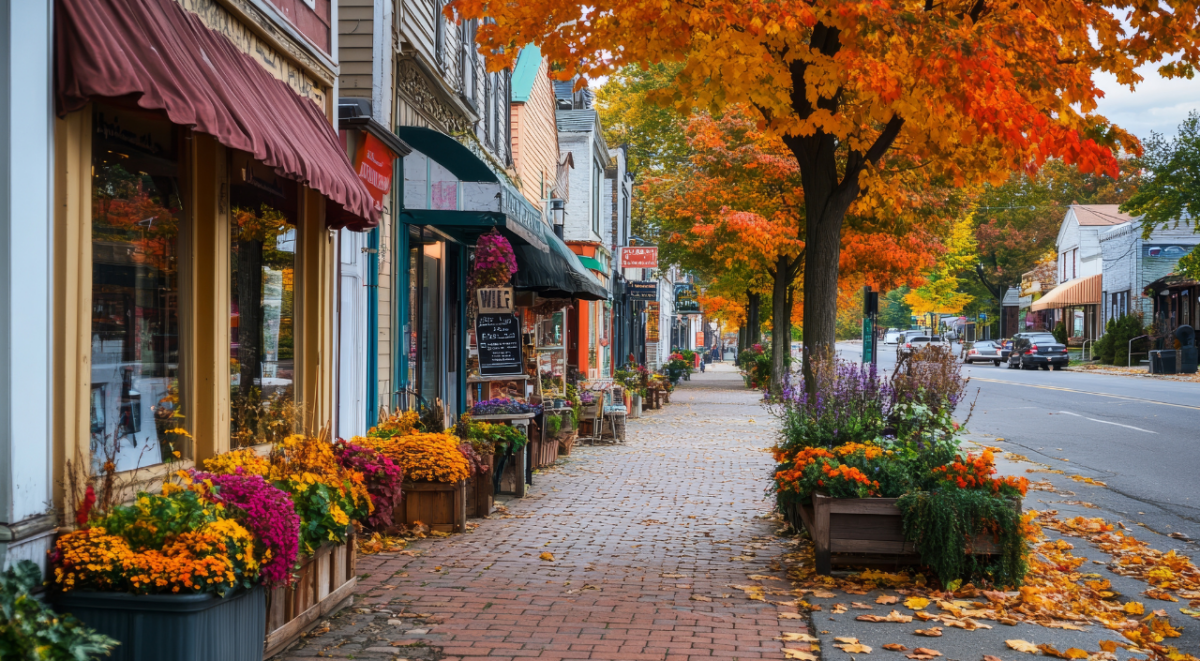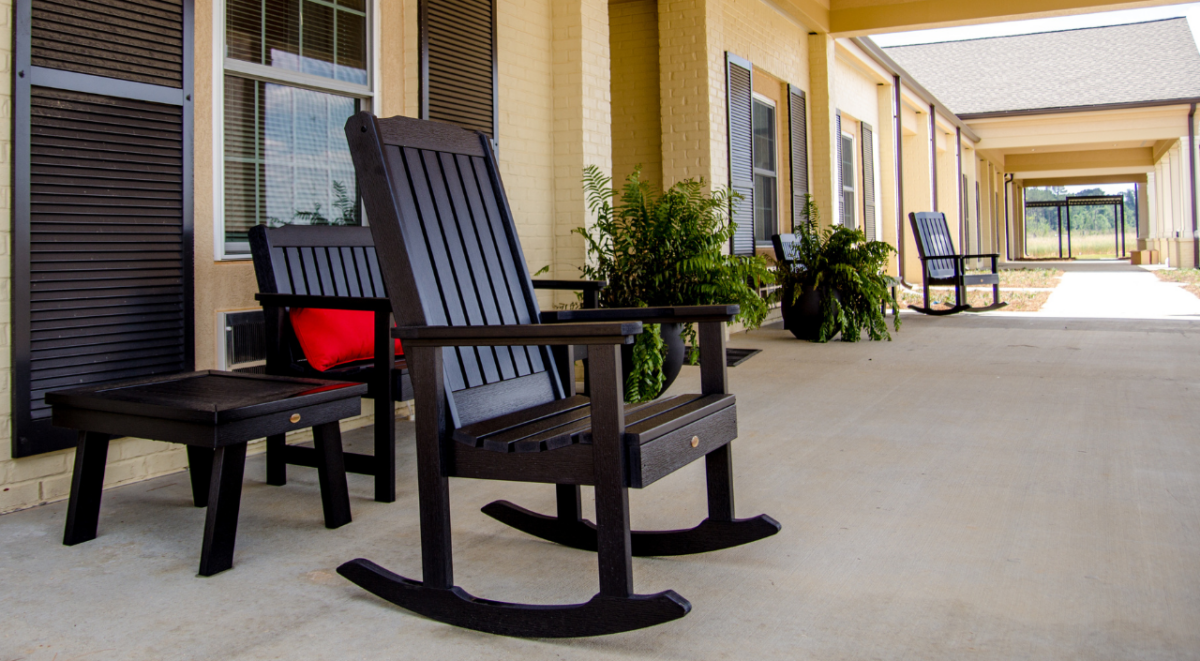The U.S. Department of Agriculture’s (USDA) Rural Energy for America Program (REAP) is an excellent commercial loan program that many businesses are underutilizing. As part of the USDA’s OneRD Guarantee Loan initiative, also known as the Rural Development Loan Program, to encourage private investment in rural communities across America, the program provides guaranteed loan financing for upgrading, replacing, or constructing renewable energy systems.
Right now, individuals and small business owners around the country are feeling the significant effects of rising energy prices. The war in Ukraine has played a part, as have government energy policies. While no one is certain where the crisis in Ukraine or potential policy changes here at home may head next, one thing is certain: energy efficiency in all its forms will always be a smart investment, and USDA REAP Loans help make it much easier for rural businesses to become more energy efficient.
America’s energy sources and consumption patterns are complex, involving several different primary and secondary energy sources, including renewable and non-renewable sources. Electricity is a secondary energy source that is produced from primary sources.
Primary sources include non-renewable fossil fuels (petroleum, natural gas, and coal), nuclear energy, and renewable sources (solar, wind, biomass, hydroelectric, and geothermal energy).
Energy production is influenced by an intricate global system involving many countries and commodities and both renewable and non-renewable energy sources. Spiking oil and natural gas prices in Asia can shut down factories there that produce silicon, which in turn can drive up the prices of solar panels in the U.S. This is just one small example; there are many others.
Currently, the U.S. relies most heavily on natural gas (34.7%) and crude oil (23.6%) for the bulk of its energy production, followed by renewable energy in all its various forms (11.6%), coal (10.7%), and nuclear energy (8.2%). At the same time, we are amid a long-term energy transition. Renewable energy production and consumption reached record highs in 2020, driven mainly by record solar and wind energy production. Regardless of shorter-term economic cycles, this is where we are headed. What make REAP Loans so appealing for rural businesses is both the short- and long-term benefits.
These are funds that can help businesses of all kinds significantly improve their energy efficiency by adopting renewable energy systems and /or upgrading equipment. This includes things like new windows, HVAC systems, solar panels, wind turbines, and many other items, virtually any type of non-movable equipment that is more energy efficient than what it is replacing.
Agricultural producers also may apply for new energy efficient-equipment and loans for new systems for agricultural production and processing. Agricultural producers must be able to demonstrate that at least 50% of their income comes from agricultural operations. Eligible borrowers must not have any outstanding federal taxes, judgements, debts, or debarments.
Examples of eligible renewable energy systems under the USDA’s REAP program include:
• Geothermal electric generation
• Solar electric generation
• Wind electric generation
• Biomass, such as biodiesel, ethanol, anaerobic digesters, and solid fuels
• Ocean electric generation (tidal, current or thermal)
• Hydropower below 30 MW
• Hydrogen
REAP Loan funding can also be used for the purchase and installation of:
• Replacement of energy-inefficient equipment
• Energy-efficient lighting
• Insulation
• Energy-efficient doors and windows
• High-efficiency HVAC and refrigeration units
• Electric, solar, or gravity pumps for sprinkler pivots
North Avenue Capital offers USDA REAP Loans starting at $2 million with maximum 30-year terms. Interest rates and final terms are set by the lender on a case-by-case basis, based on the useful economic life of the assets being financed, the assets used as collateral and the borrower’s ability to repay. Like USDA Business & Industry (B&I) Loans, REAP Loans also are collateral-backed loans that require borrowers to provide collateral on a 1:1 basis to the loan amount requested.
The USDA’s REAP program also offers grants and loan/grants. Terms include:
Renewable Energy System Grants:
• $2,500 minimum
• $500,000 maximum
Energy-Efficiency Grants:
• $1,500 minimum
• $250,000 maximum
Given all the benefits, there really is no good reason that USDA REAP funding should be so underutilized by credit-worthy rural borrowers, especially given the pattern of ever-increasing energy prices. Some of this may be due to a simple lack of awareness about the program.
Others may mistakenly believe that “rural” is more limiting than it is. The truth is the USDA defines “rural” as any town, city or community with fewer than 50,000 residents. This equates to about 97% of America’s total geographic footprint.
In addition, companies can be headquartered in larger metropolitan areas, if the business or division that is using the funding is in a qualifying area. Interested borrowers can easily check to see if they are in an eligible are by utilizing this interactive map.
For more information about the USDA’s Rural Energy for America Program (REAP), contact North Avenue Capital. We are direct lenders who work with partners in all 50 states and U.S. territories. We can answer all your questions about terms and qualifications for all OneRD Loans and help walk you through the application process.
*Information in this blog article updated February 2024 based on October 2023 USDA Guidelines.


